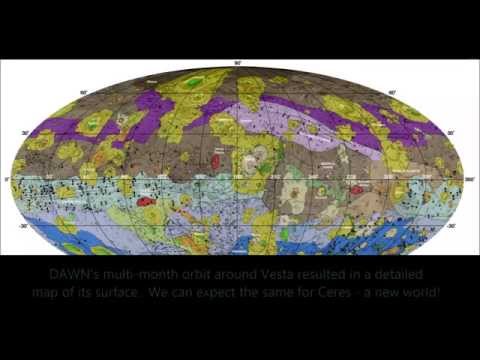The Space Race (1955-1975)
The Space RaceThe Cold War saw a competition between the world’s two great powers:the democratic, capitalist United States and the communist Soviet Union. Both sides would fight to have best technology in space and who couldachieve the first. As World War Two wascoming to an end, the Americans and theSoviets captured Germany’s rocketengineers and the rocket technologyincluding V2s. One recruitment of particularvalue for the Americans was the rocketengineer Wernher von Braun who wouldlead the US program. The Soviets,meanwhile, would recruit Ukraine bornSergei Korolev to lead the Soviet spaceprogram. In 1955, both countries announcedthat they would be launching satellitesinto orbit. The Soviet Russians took thelead by becoming the first to put asuccessful satellite into orbit whenthey launched Sputnik 1 on October4th, 1957. Unfortunately for the Americans,their successful launch of their firstsatellite Explorer 1 would come a wholefour months later. Next would comeanother remarkable achievement, and itwould go again to the Soviets: the firstman in space. In April 1961, cosmonautYuri Gagarin became the first person toorbit the earth, traveling in thespacecraft Vostok 1. When he came back toearth, Gagarin became a hero in the SovietUnion and a celebrity worldwide. Thelagging US launched the Freedom 7three weeks later, and astronaut AlanShepard became the first American inspace. The Americans were embarrassed at beingbehind the Soviet Union, and on May 25th,1961, President John F Kennedy made abold claim to Congress that Americawould be the first to land a man on themoon, and they would do it before the endof the decade. The Apollo program waslaunched. Meanwhile, in February 1962, JohnGlenn became the first American to orbitEarth, and on June 16th, 1963, Sovietcosmonaut Valentina Tereshkova becamethe first woman to travel in space. NASA now had an increase in its budgetto achieve its daunting goal of puttingAmerica on the moon first and by the endof the decade. As well as the Apolloprogram, it launched the Gemini programwhich would develop the technologyneeded for the former. Gemini wouldsee the first American Ed White to walkin spacealthough the Soviets achieve the firstwhen Alexi Leonov achieved aspacewalk for 12 minutes and nineseconds a few months before. Geminiwould also see the first docking of twospacecraft together in Earth’s orbit. After many test flights, training andexperiments, the Apollo 11 spacecraft waslaunched into space on July 16th, 1969. Onboard were US astronauts NeilArmstrong, Edwin Buzz Aldrin, and MichaelCollins. It was not smooth sailing>Malfunctions came up and the lunarmodule named the Eagle had to be landedmanually. On July 20th, 1969, the Eagle hadlanded on the moon surface. NeilArmstrong stepped outside, becoming thefirst man to walk on the moon. He wouldsay those famous words: that’s one smallstep for man, one giant leap for mankind. By landing on the moon first,and with Soviet lunar landing attemptsfailing between 1969 and 1972, Americahad won the space race, and now that ithad been achieved, interest in the lunarmissions was dying down. By the 70s,US-Soviet relations improved and in 1975a joint program between the two powerscalled the apollo-soyuz mission wouldsend three US astronauts aboard anApollo spacecraft and dock in orbit withthe Soviet Soyuz vehicle. The first jointUS Soviet space flight and the handshakebetween the commanders of both craftssymbolize the improvements of US-Sovietrelations in the late Cold War. What’syour favorite moment in the space race?leave a comment below subscribe to seemore history videos get your copy ofsimple history the space race out today













